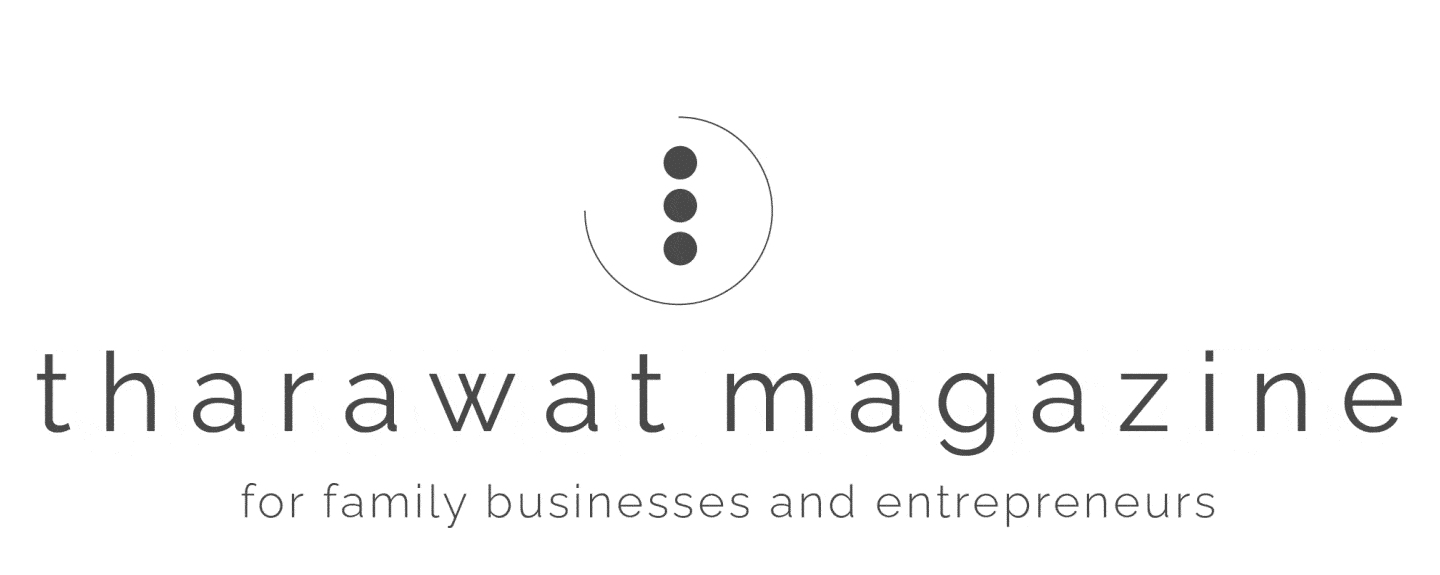Interview with Marlies van Wijhe, CEO of Royal Van Wijhe Verf, The Netherlands
What kind of a culture allows a family business to last over 100 years? Royal Van Wijhe Verf BV has been successful in producing paint and paint-related products since 1916. Since taking over as the company’s first female CEO in 2000, Marlies van Wijhe together with her sister Marijke van Wijhe has ensured the company combines its traditional focus on quality with the most modern techniques in product development.
Marlies van Wijhe has the reputation of involving her team in ongoing conversations to improve products, work environment, and customer relationships. Her focus on two goals driving forward the company culture, Innovation and Sustainability, earned her the title ‘Businesswoman of the Year’ in 2010.
A conversation with Marlies van Wijhe highlights her journey in modernising a longstanding and successful family business by emphasising culture and innovation.
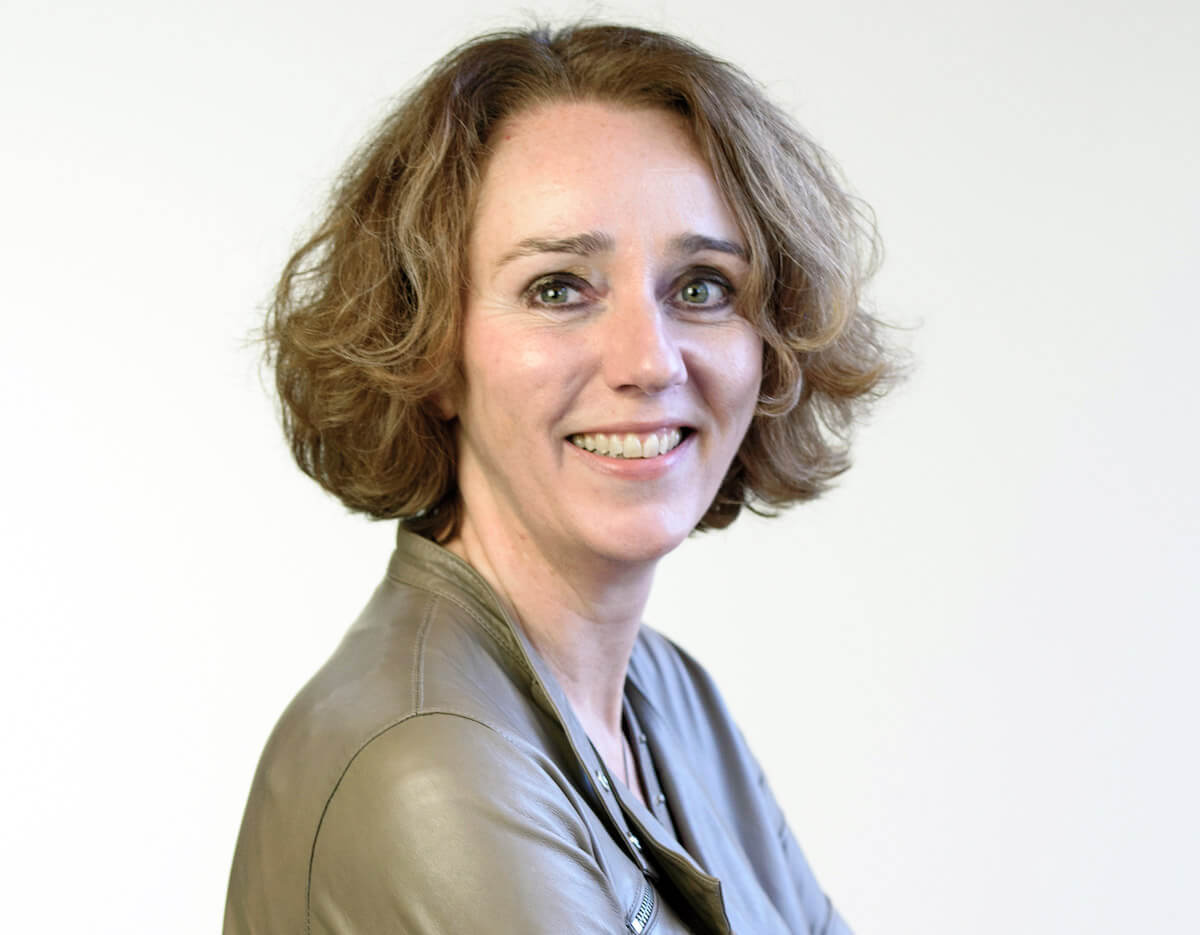
Your family business has been around for more than a century. Can you tell us a bit about how the company got started?
My great-grandfather started the business in 1916 along with a business associate as a wholesale company here in Zwolle. That wholesale company sold raw materials to make paint. They even made a little paint themselves as well as other products such as baby powder and cough syrup. After ten years in business together, my great-grandfather’s business associate died, and my great-grandfather decided to continue with the business by himself. He had two sons who stepped in, my grandfather, Jan and his brother Bertus. After World War II, they decided that they would stop with the other product lines and focus solely on paint production and development. They developed an outdoor, solvent-based paint to protect wood. And of course, after the war, there were a lot of wooden buildings constructed. We were able to help protect those wooden houses with our product line. This is what enabled the company to grow.
So, your father would have been the third generation to run the family business. How did he enter the picture?
My father joined the company in the 1960’s from a background as a chemical engineer. He studied at the Technical University in Delft. His dream was to go to a big company like Shell and build big factories. Around the time he graduated, his uncle died. He phoned my grandfather and felt he should at least offer to join the company, fully expecting his father to say, “No, son. You go your own way.” Instead, his father said “Well, son. That’s nice. I’d love to have you here.” So, my father suddenly had to move to Zwolle to work for the family business.
It was good for all involved because he brought a lot of new technology to the company. It was under his supervision that we expanded the lab, and put more of a focus on product development. He developed a new range of products, including the paints based on synthetically produced chemical resins. He developed a market for outdoor lacquers, which is still very big for us today. He also started the development of our own colour tinting system. This is where you go to a paint shop and ask for a special colour and they can create it on the spot for you. So, he was responsible for a lot of the product innovation in our business in the latter half of the 20th Century.
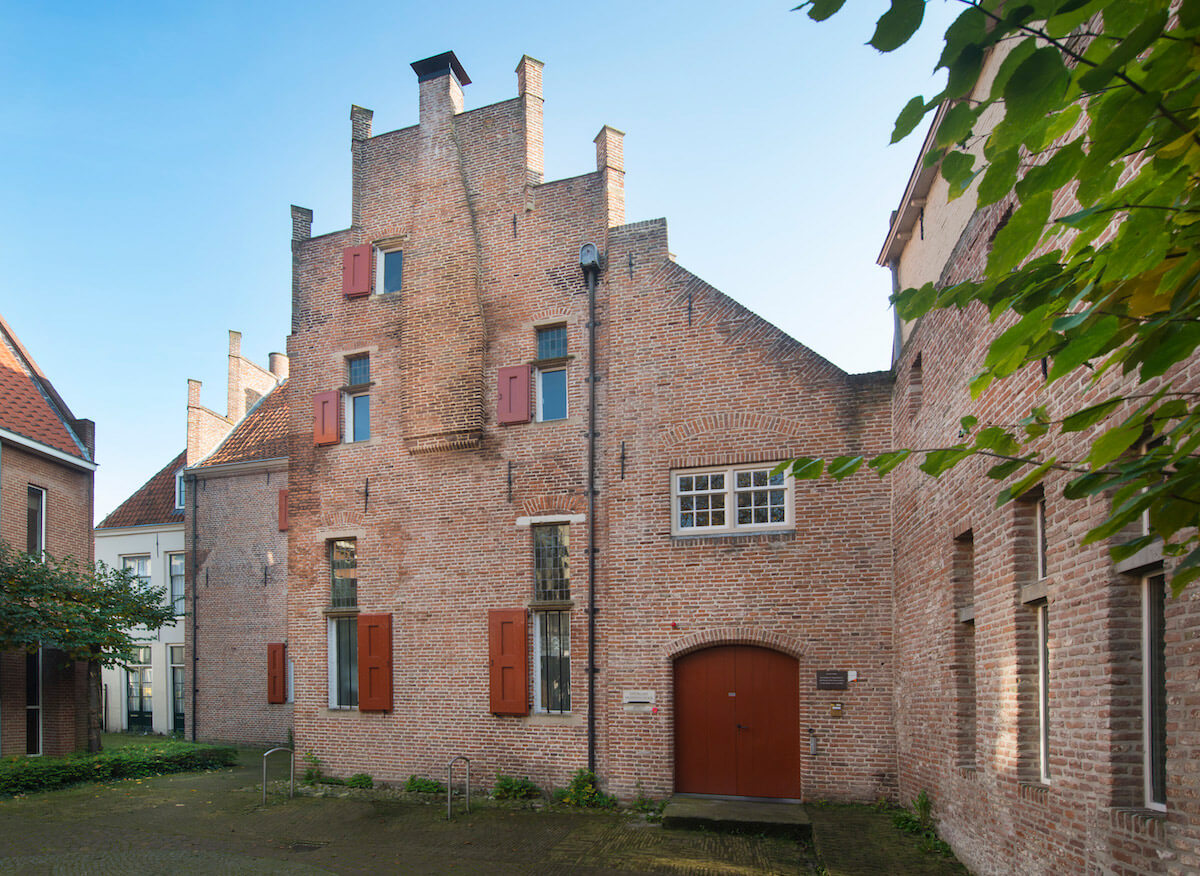
When you first took over the company, how did that come about and what did you see as your top priorities moving forward?
When I stepped in, we were facing some difficult times. And at the time, you think 35 is old enough to take the reins. But, when I look back, I was so very young. Even then I thought, “Oh my God, is this the right time to do this?” But my father reassured me that I would quickly learn how to survive, and I can take that learning curve into my future. And he was always there if I had questions which, of course, I did.
Just before I took over, it was 1999, and a lot of companies were afraid of the Y2K computer crash scare. Like everyone else, we had to prepare ourselves for the possibility which forced us to upgrade and modernise our IT infrastructure. Of course, there was nothing to the Y2K hype, but it ended up being a positive for us because we revised a lot of old processes and I was thrown in at the deep end.
One of my early priorities as CEO was to invest more in exports. This is something which I believe today is still very important. We exported paints, under the name Ralston, which was originally bought from Sherwin-Williams, the big American company, and this became our export brand. To this day, we continue to look for ways to expand that area more and more and more. Because that is where the real growth opportunity is, but it also takes longer. So, during this time, I was trying to solidify our position in Holland by introducing a lot of new products. Because staying ahead of innovation, and making sure that you get your new products to market is the way to acquire and retain customers.
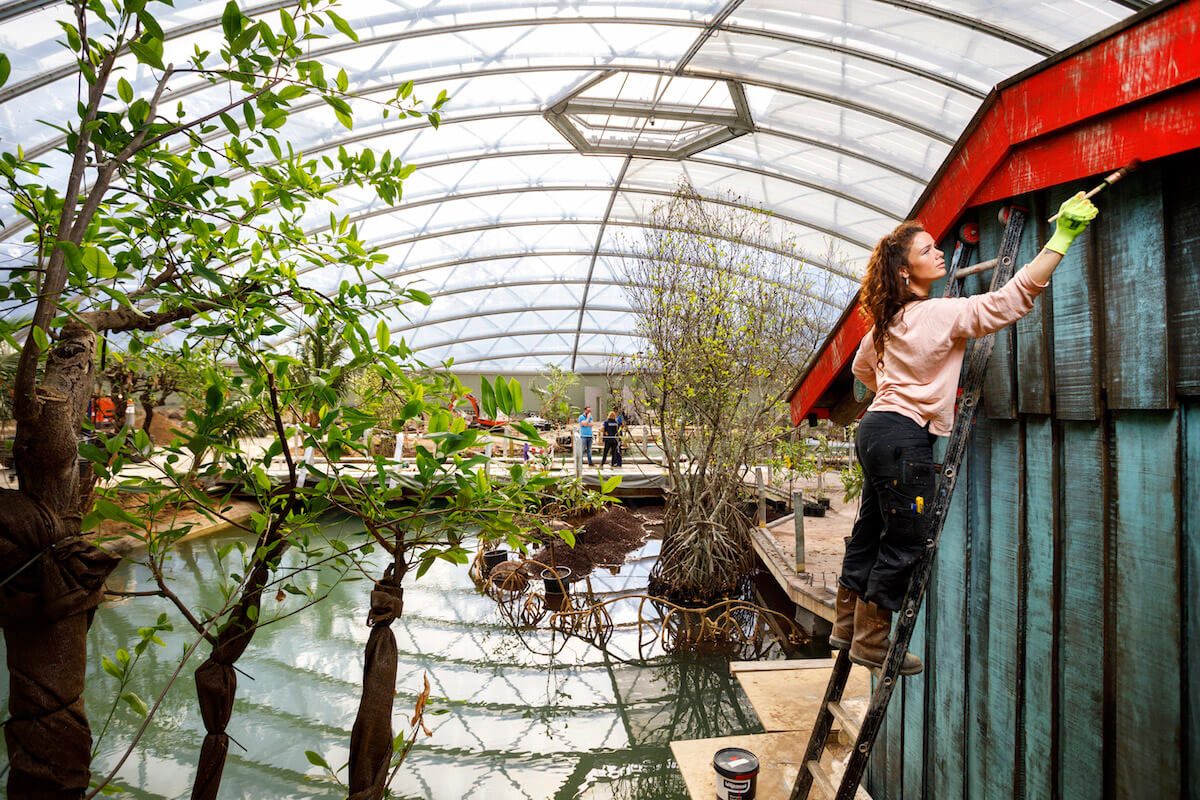
Do you feel there’s a definite correlation between clearly stated family values and company culture?
I think that depends on the family. We didn’t write our values down. But, you do as a family, have family values. And it’s always interesting to see which, parts of them, manifest themselves in the family business.
The problem with culture is that it’s very difficult to change practices you don’t like. It takes time. So, as a family member and as a CEO, you can influence that but, you need your management team to be doing that as well. What’s important to me, is that when visitors enter our company, my people smile and say, “Hi.” That’s important because I want people to feel welcome. But, to use another example, if I hear it takes a long time for answers to reach your customers, then there’s something wrong in your culture that you need to address.
What I do like is that most of the people in the company say, ‘I like working for you.’ I think it’s important, that the people who work in your business know what they are doing it for. They know that we reinvest what we earn and that we try to be a good employer. And when they say, ’I’d rather work hard for you than for a big, publically traded corporation’, it tells you something about our company culture.
Part of your well-established company culture is your commitment to sustainability. Where did that come from and how does it play out within your business?
I want people who work in the company to have sustainability ingrained in their DNA. That’s to say, when they do something, they take sustainability into account in every step of the process. It’s not the only point of consideration; there are a lot of other things that need to be factored in as well. But, sustainability should be right there at the top of the list. And that is something we’ve been cultivating more and more within the last five years. Which, of course, is also changing the culture a little bit. One great example of this is our “Green Team”. This is a group of four young employees, all aged between 25 and 34. They completed a special leadership challenge to become green leaders. And we started a very nice thing this year, which is called Lunchroom Green Marlies. This will be a bi-monthly lunch with myself and 12 employees. During this lunch, we will talk about sustainability and sustainable development goals. The idea is to see how we can incorporate sustainability more into daily work and to be able to take further steps and get new ideas.
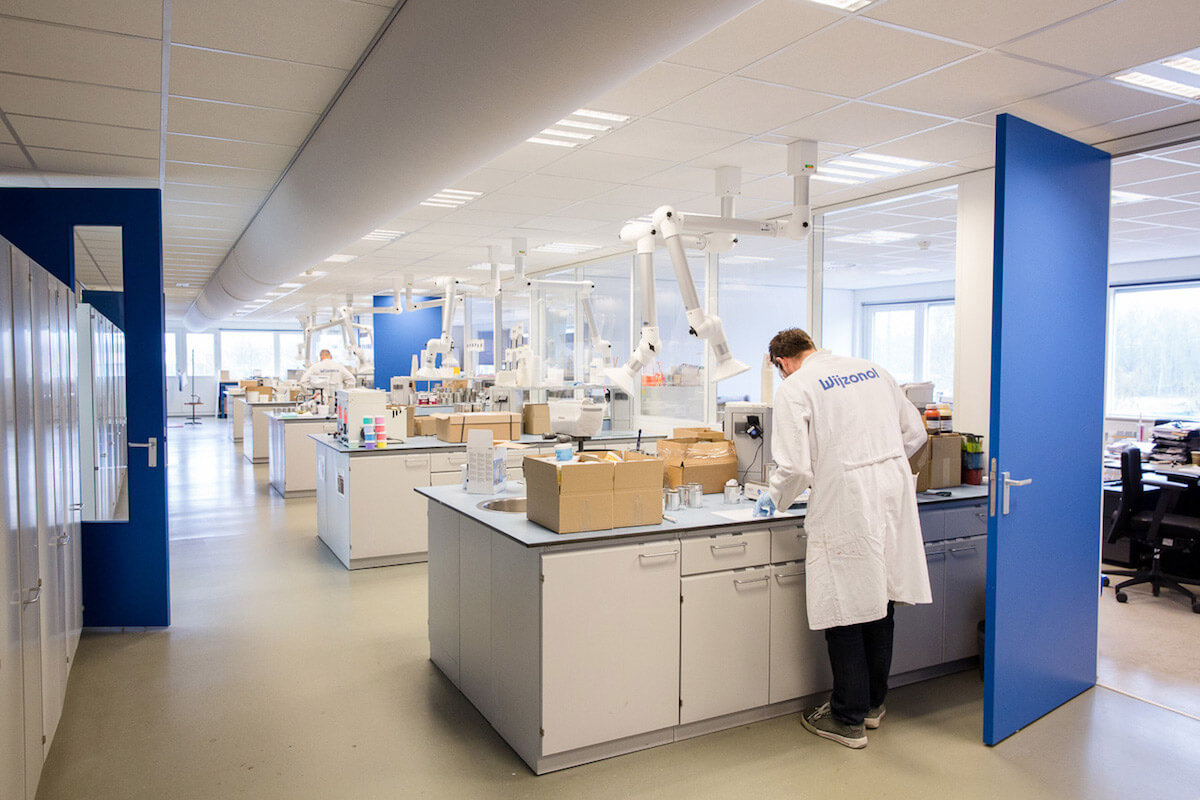
It’s no secret that historically, the business world has been a bit of a boy’s club and family businesses are no different. Do you feel that the fact that you are a woman, and that you brought in a female perspective, has changed or added certain things to the culture that you feel weren’t there before?
There’s definitely a difference with a female perspective. The men on my management team would certainly say so. You probably don’t know this, but I originally wanted to become a biologist. I wanted to do something completely different from what my father did. I was always very interested in animal kingdoms, and when you look at certain species, such as elephants and Bonobo monkeys, you’ll discover their societies are matriarchal. Studies have shown that they tend to have the least amount of societal conflict compared to other species. So, if you see that in the animal kingdom, perhaps there is some relevance for us. This is all to say I think it’s a good thing that we add more and more women leaders to the mix.
You and your family business have been recognised not only for your efforts in sustainability but also for innovation. With this in mind, what is the technology that you believe is going to have the greatest impact on the way that the company is run in the near future?
I gave my New Year’s speech recently, and I talked about digitalisation. It is becoming more and more important, and we’re working hard to stay ahead of the curve. We’re working on a new IT system, something which will allow us to do things differently than we have over the past 15 years. The most significant change along these lines involves an app for the painter we launched just last year. Through this app, the painter can solicit and receive technical paint advice. Within two minutes, he can receive recommendations on what to do, how to do it, and with what kind of products. And if you look at our production operations, we already have automation and robots to help with the heavy stuff. So, there will be changes in the future on the production side. But, I think for the consumer, it will involve digitalisation-related innovation that will cover activities that used to be done by people in the past.
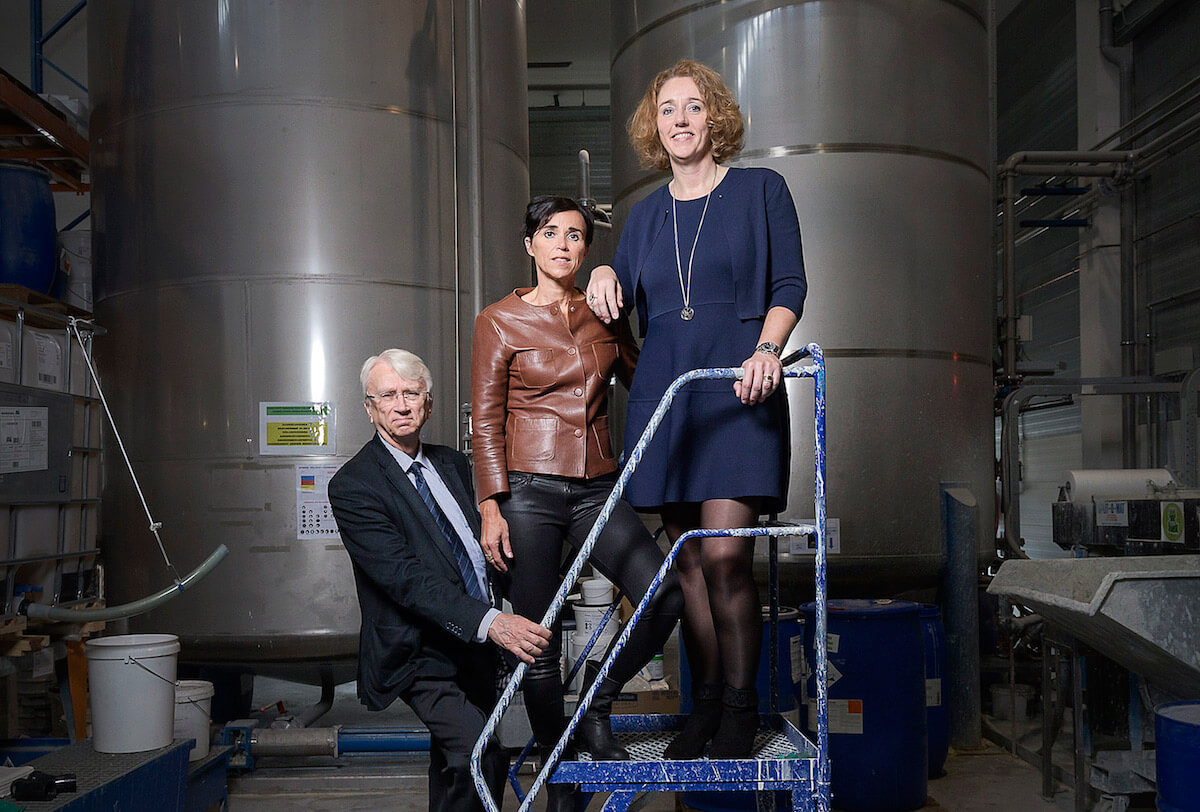
Lastly, what advice do you have for other family businesses when it comes to accentuating culture?
I think it all starts with the question that my sister and I asked ourselves in the year 2000. “What do we want to achieve with this company?” So, ask yourself, ‘What do you want to be? How do you want people to see you? See the company? What values do you want to pick out? And that is the discussion that you need to have with your family. Not just once but on a regular basis. I think that’s what we’re doing now, with these innovation and sustainability initiatives. You’ll see that you can get that embedded in your company.
